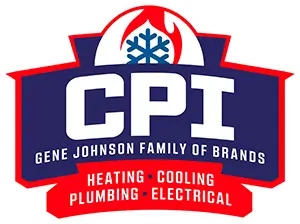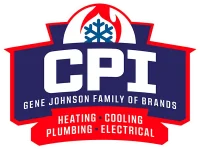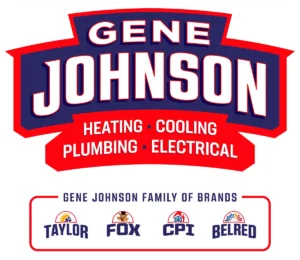Why Is My Yard Soggy?
Nothing is more disturbing than stepping out onto your lush green lawn to find yourself standing ankle-deep in water. When this occurs it is a sure sign something is wrong with your plumbing. Here are some of the reasons your yard might be soggy and what to do about it.
Find the Source
First things first, you need to find the source of the leak. This is easy if you look around and see water bubbling up in the lawn. If you can’t spot the spray, try these tips:
- Sewage Line Leaks: If you find the water smells bad, chances are it is a sewage line leak. This requires immediate attention as sewage leaks are toxic and hazardous to your family, pets, neighbours, and even local wildlife. If the water doesn’t smell overly strong, it could still be sewage-related. An easy test is to add food coloring to your toilet, flush it and then wait about 30 minutes or so. Check the soggy area to see if the water’s color has changed at all.
- Main Line Leaks: The main line is the water supply from the town. These leaks won’t smell as the water is clean. If it isn’t a sewage leak, turn off the water supply for your house. Then look at the water meter for water flow to see if it still is showing you have water flow. If water is still flowing, chances are you have a main line leak.
- Irrigation System Leak: If you have irrigation systems and sprinklers this can cause soggy lawns if a pipe or tube is damaged. Turn off the irrigation system’s water supply and listen for water running. If you hear water, it is probably related to a leak in your irrigation or sprinkler system.
If you try all of these things, and still aren’t sure what is causing the leak, it’s time to call your Mount Vernon plumbing experts at CPI Plumbing & Heating. They can assess the situation to determine if it is sewer, main line or sprinkler related.
What are Signs of an Impending Yard Leak?
While a soggy yard is easy to spot, there are some underlying hints that might not be as easy to spot indicating you could have a leak with your sewer or main line. If you notice any of the following, it’s time to call the team at CPI Plumbing & Heating:
- Rising Water Bills: Water bills tend to see the same costs on average from month to month. Although you might see some spikes, if you are seeing rising water bills out of the blue, it could be that you are paying for water loss due to a leak.
- Decreasing Water Pressure: If you find you are constantly turning your taps up to full blast just to get enough water flow, this is a good sign you have a leak due to seeping water from your main line.
- Running Water Sounds: If you constantly seem to be hearing water running even when water isn’t in use, this could be because your pipes are sending water to outside sources.
- Moisture Along Your Walls: Leaks are a source of moisture that can affect everything around them. This moisture can appear both inside and outside your home. If you see things like warping, bulging baseboards, bubbling paint, dampness on your kitchen cupboards, etc. this is a definite sign you have a leak.
- Puddles and Mud: You don’t have to have a completely soaked and soggy yard to have a leak. Leaks can be slow and instead might cause things like puddles and mud on your property. If you notice a lot of puddles or muddy areas and it hasn’t rained, this could mean you have a leak.
All of these signs combined are a sure sign you have an impending yard leak.
How Do Yard Leaks Happen?
Damage to main pipes is the main cause of yard leaks. Damage can occur for many reasons, from normal aging to tree roots and damage from digging to your property settling. These things can lead to breaks in your main water line, sewer line or sprinkler system. Since all of these main pipes and water sourcing runs underground when the pipes are damaged the water slowly seeps out and soaks your lawn.
How to Handle a Soggy Lawn
As soon as you spot a soggy lawn or any of the other signs above, you’ll need to call CPI Plumbing & Heating in Mount Vernon. They will know exactly what to do and will find out why your lawn is soggy and correct it.


